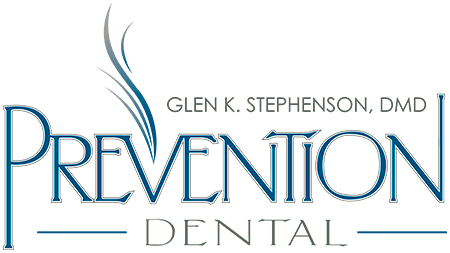It’s estimated that half of all adults in the U.S have periodontal or gum disease. While gum disease is common and treatable, it can lead to tooth loss and bone deterioration. Even more frightening, a growing body of research shows that gum disease may also contribute to the progression of more serious problems like diabetes and heart disease.
The good news is you can take action to protect your gums and teeth and prevent periodontal disease. These daily tips will help you guard your smile and reduce the risk of adult tooth loss.
#1. Floss every day
Routine oral care is the most effective way to prevent tooth decay and gum disease. Along with brushing before bed and after every meal, it’s important to floss at least once a day. Despite this, surveys find just 13.5% of adults floss every day. Flossing works by removing food particles and plaque between your teeth and along the gum line that your toothbrush can’t reach. This plaque and bacteria can eventually build up and infect your teeth and gums.
One study showed what dentists have said all along: brushing alone is not enough. A study of twins found that flossing twice a day along with brushing reduced gum bleeding, an early sign of gum disease, by 40% more than brushing alone in just two weeks. The study found flossing produced fast results in improving not only gum bleeding but also bad breath.
#2. Get an annual cleaning
Regular, professional dental cleanings at your dentist’s office can remove the hard tartar and plaque buildup on your teeth before it can lead to gum disease. These routine cleanings can also help reverse the early stages of gingivitis. If you have signs of gum disease, your dentist may recommend you have a cleaning more than twice a year.
#3. Use mouthwash
Mouthwash doesn’t just freshen your breath; swishing your mouth with an antiseptic mouthwash twice a day can help stop gingivitis and gum disease. Antiseptic or antimicrobial mouthwash can kill 99% of the bacteria in your mouth for up to twelve hours while reducing the level of plaque on your teeth. This can help prevent bacteria from infecting your gums and teeth.
#4. Know the risk factors and symptoms
You can help prevent gum disease by knowing when you’re at risk and watching for symptoms of disease. Age, smoking, genetics, and poor diet all increase the risk of periodontal disease. Other factors that can increase your risk include decreased immunity (such as with leukemia or during chemotherapy), tobacco use, and poor oral hygiene.
The first stage of gum disease, gingivitis, can be reversed. By recognizing and treating early signs of gingivitis, you can actually stop the progression of gum disease in its tracks before it affects your bones.
Look for early symptoms of periodontal disease like:
- Sensitive teeth
- Heavy buildup of tartar
- Bad breath
- Gums that bleed when you brush or floss
- Gums that are red and swollen instead of firm and pink
#5. Visit a periodontist
As important as good oral hygiene is, don’t neglect routine check-ups with a dentist or periodontist. An annual comprehensive periodontal evaluation (CPE) is an easy way to check the health of your gums and teeth and develop a treatment plan if there are any issues. This exam looks at your plaque level, gums, teeth, bite, bone structure, and risk factors for periodontal disease to detect symptoms of gum disease early.
Gum disease can be reversed if it’s caught early, but the best way to avoid the consequences of periodontal disease is to take preventative steps now. These five steps can keep your gums and teeth healthy to preserve not only your beautiful smile but also your health.
